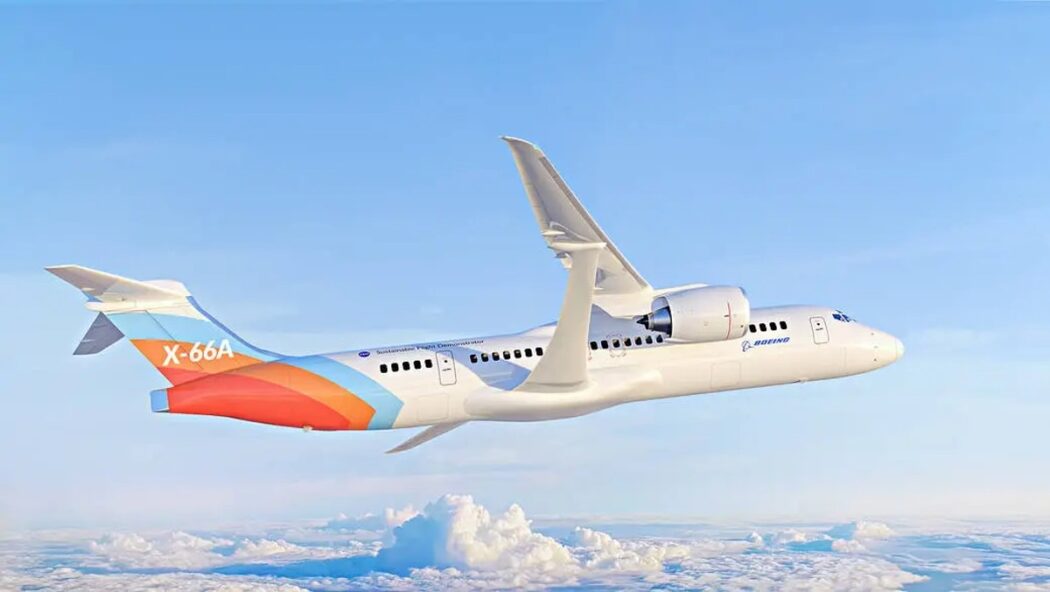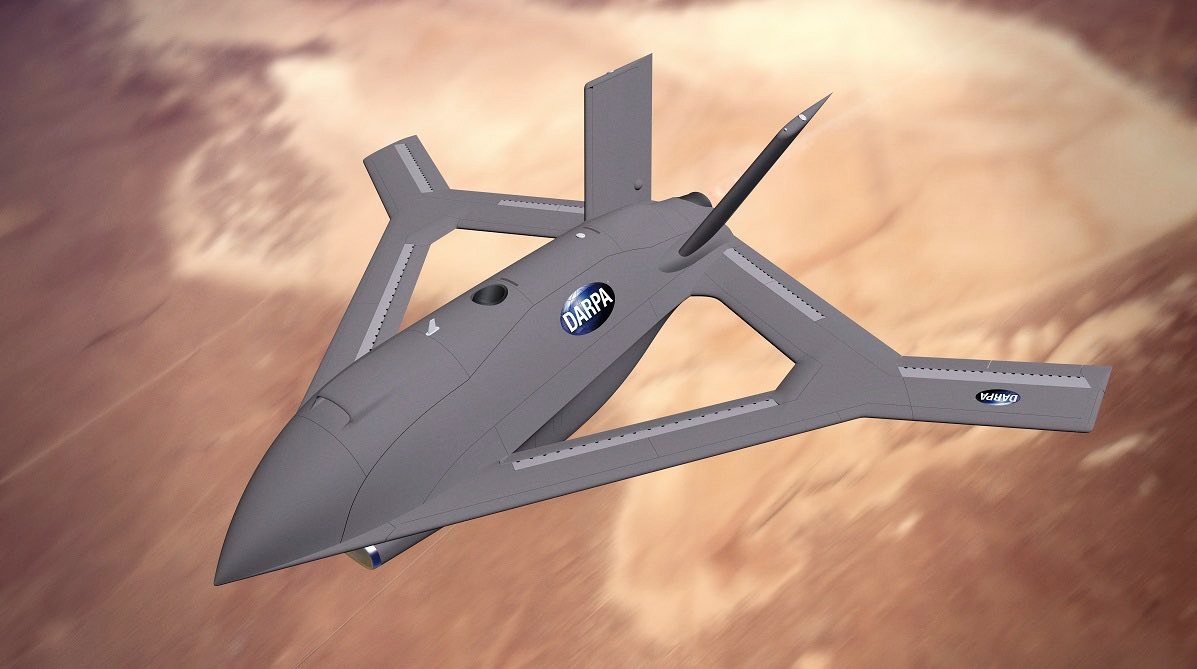The research and development zone within an aircraft factory is often cloaked in secrecy, yielding groundbreaking technologies. Many of the most advanced technologies in aviation have emerged from collaborations with NASA and its predecessor, the National Advisory Committee for Aeronautics (NACA). These “X-planes,” designated with the letter “X” for “experimental” followed by a number, have significantly influenced our daily lives.
The X-plane concept began in 1944 as a joint initiative between NACA, the U.S. Navy, and the U.S. Army Air Force. NACA later became NASA, and the Air Force dropped the “Army” from its name. The first program aimed at achieving supersonic flight started in 1945, with the inaugural operational flight occurring in 1947 at Muroc Air Force Base (now Edwards Air Force Base) in California, which has since become the primary test site for X-plane experiments.
Capt. Chuck Yeager’s historic flight that broke the sound barrier was detailed in “The Right Stuff.” The X-1 aircraft marked the beginning of experimental collaborations between the government and private corporations.
There have been 66 X-plane designations over the years, with some series including multiple models. While many X-planes have been piloted, others, such as missile designs, have been unmanned. Not all were designed for speed; for example, the X-25 Bensen was a 1955 auto-gyro for pilot rescue missions, and the X-20 DynaSoar was a reusable spaceplane concept predating the 1980s space shuttles. Some concepts, like the X-20, never materialized.
Today’s X-planes typically “demonstrate a technology to solve a problem,” according to David Richwine, NASA’s deputy product manager for the low boom demonstrator. Secrecy remains important but is not the defining characteristic, as many current top X programs are developed openly.
Recent X-plane projects reveal new aircraft demonstrating critical technologies. Here are some historical and current examples of groundbreaking aviation concepts:
X-1: Breaking the Sound Barrier
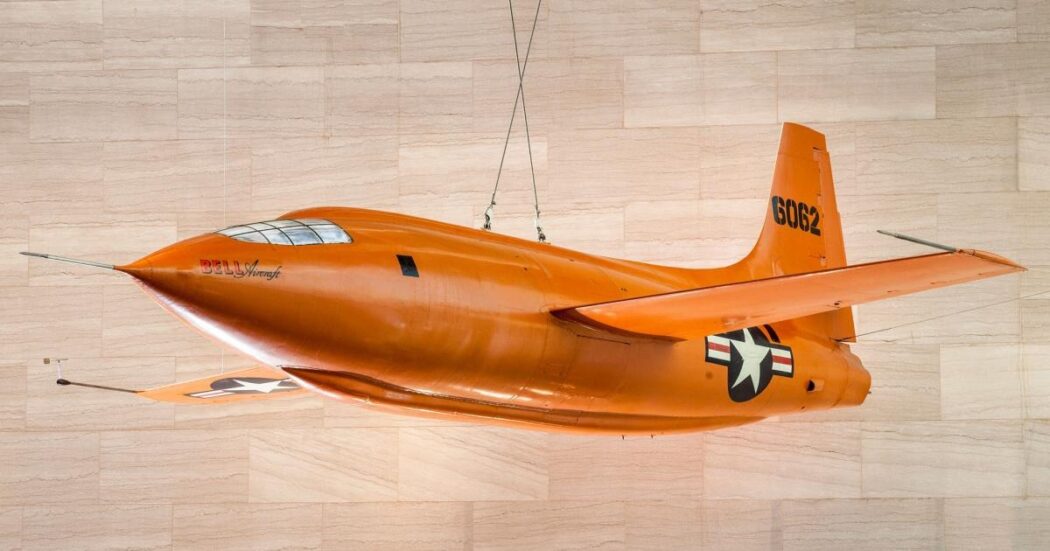
The Bell X-1 was the first aircraft to break the sound barrier in 1947, piloted by Capt. Chuck Yeager. Developed by Bell in collaboration with the U.S. Air Force and NACA, the X-1 aimed to explore the transonic speed range and aircraft performance, with hopes of achieving supersonic flight.
X-15: Fastest Airplane Ever
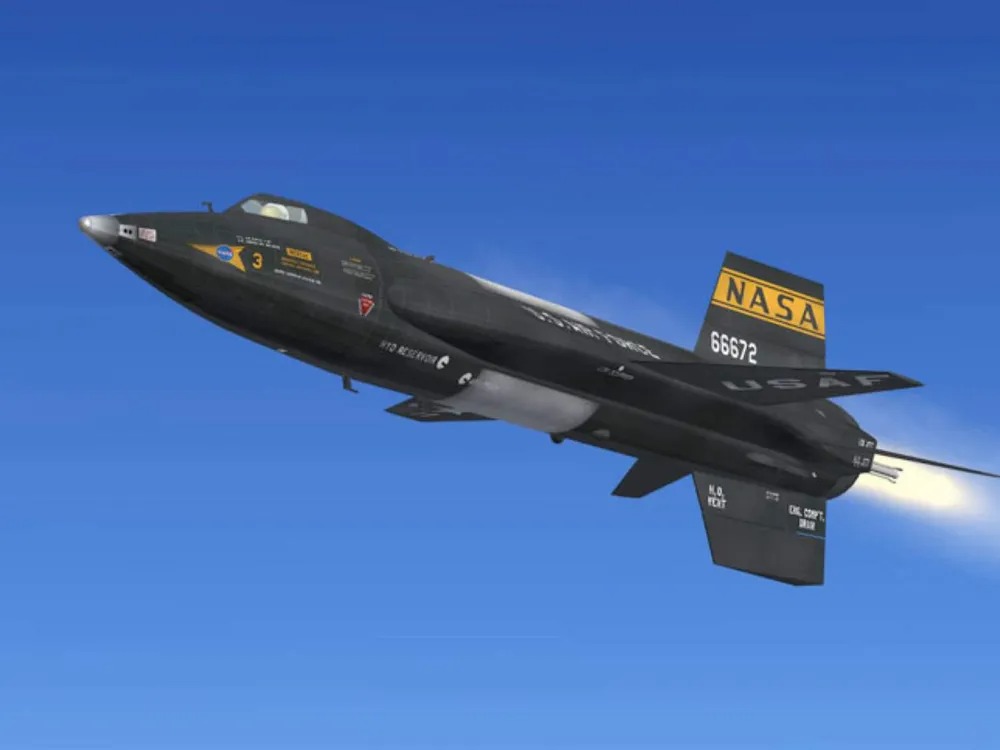
In 1959, the North American X-15 was introduced to test the extremes of flight, going beyond Mach 4, 5, and 6. The X-15, which flew at a top speed of 4,520 mph (Mach 6.7) in 1967, remains the fastest piloted aircraft. Its research contributed significantly to the space shuttle program, using technologies like the reaction control system for high-altitude flight.
X-30: First Passenger Space Liner Concept
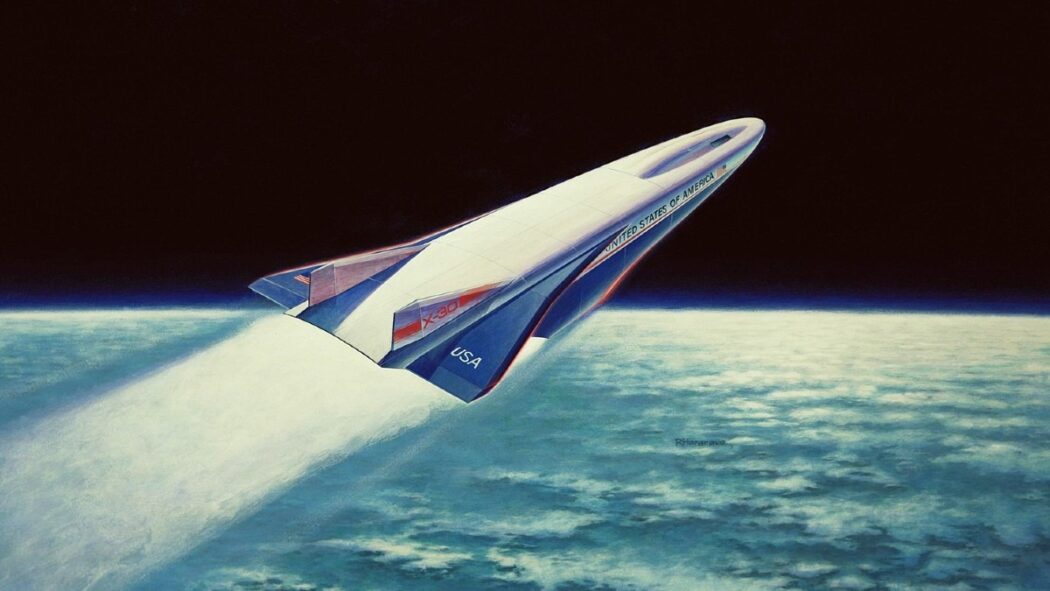
The Rockwell X-30, designed in 1986, aimed to be a hypersonic passenger liner capable of flying from Washington to Tokyo in two hours. Though the project faced technical challenges and was canceled in the early 1990s, companies like Virgin Galactic, Blue Origin, and SpaceX have since pursued similar concepts.
X-48: Blended-Wing Body Technology
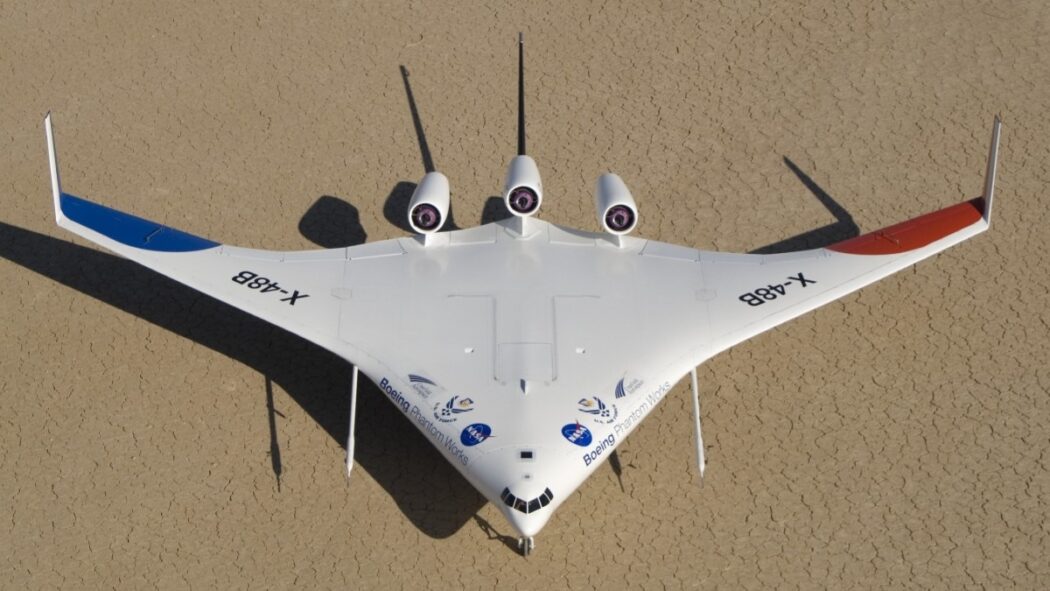
The Boeing X-48 tested the blended wing body aircraft concept, offering longer range and better fuel economy. Flight tests began in 2007, with a third version tested in 2012-2013. NASA and Boeing plan to develop a larger demonstrator.
X-57: Electric Aircraft Potential
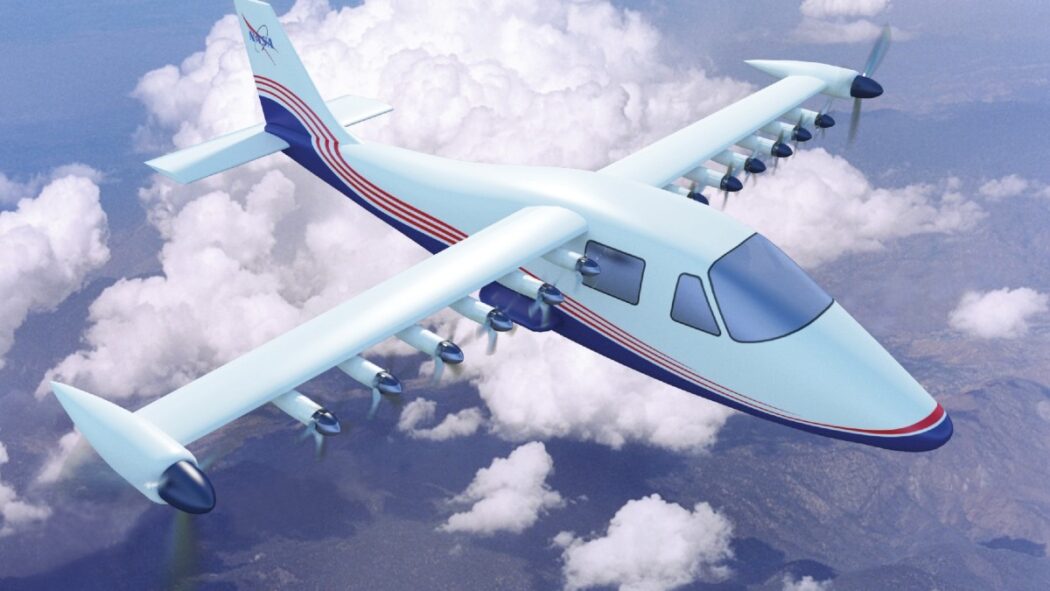
NASA’s X-57 Maxwell aimed to showcase electric propulsion technology by modifying a Tecnam P2006T with 18 electric motors. Although the first flight was canceled due to propulsion issues, the project spurred private startups to develop electric aircraft.
X-59: Lowering the Boom
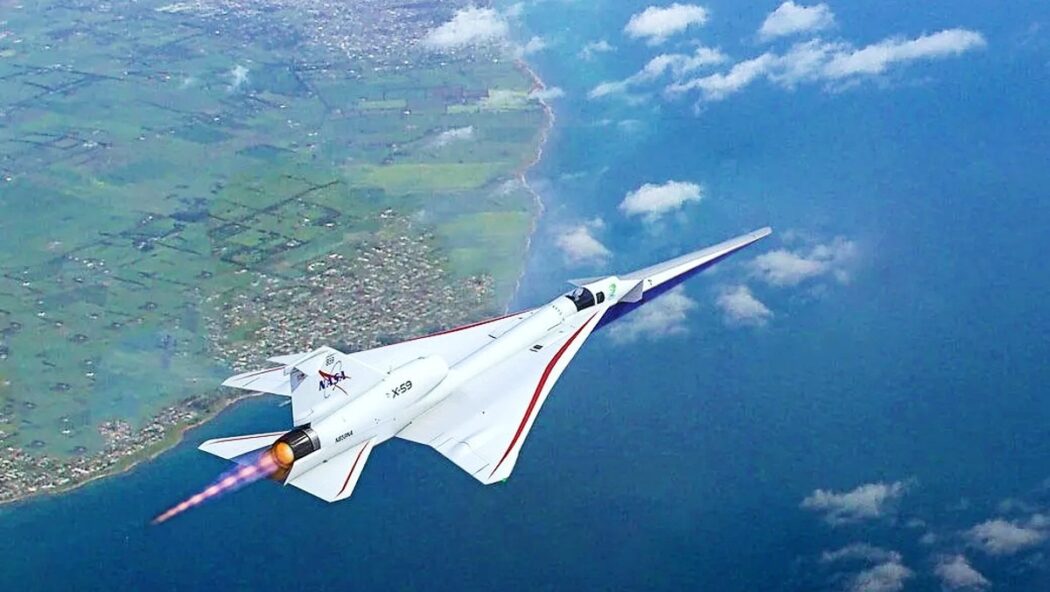
The X-59 project, part of NASA and Lockheed Martin’s Quesst program, aims to reduce the sonic boom to a “thump,” allowing supersonic flight over land. The X-59’s design prevents sonic waves from merging into a loud boom, with the first flight expected in late 2024.
X-65: The CRANE
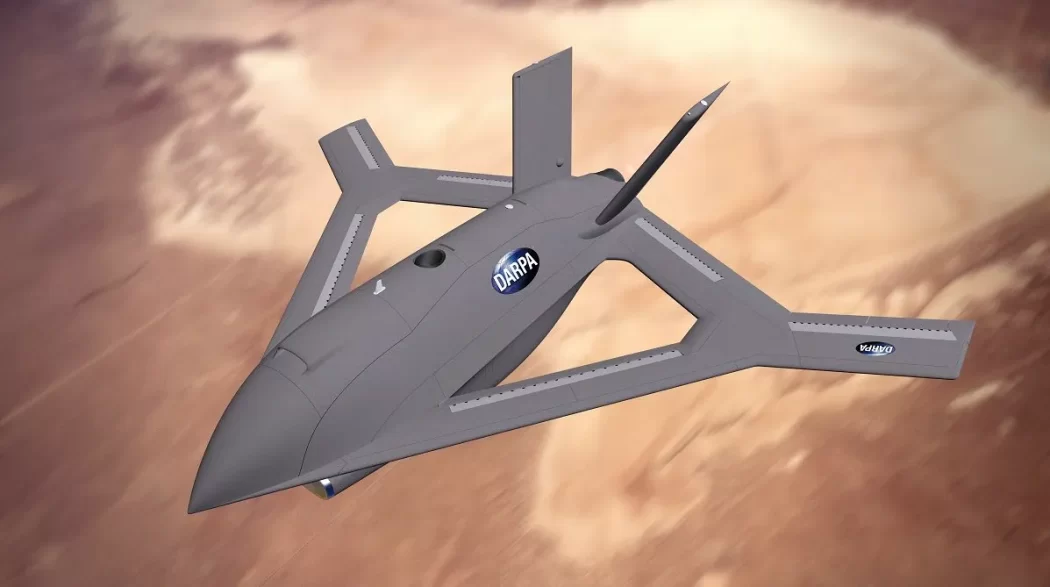
DARPA’s CRANE project explores using blown air to replace traditional flight controls. The X-65 demonstrator uses 15 nozzles to direct jets of air for attitude adjustments, potentially reducing fuel consumption.
X-66: Sustainable Future The X-66, developed by Boeing and NASA, tests the Truss-Braced Wing concept for improved fuel efficiency and reduced emissions. Based on the MD-90 jet, this aircraft features long, thin wings stabilized by struts, offering less drag and greater cruise efficiency.
